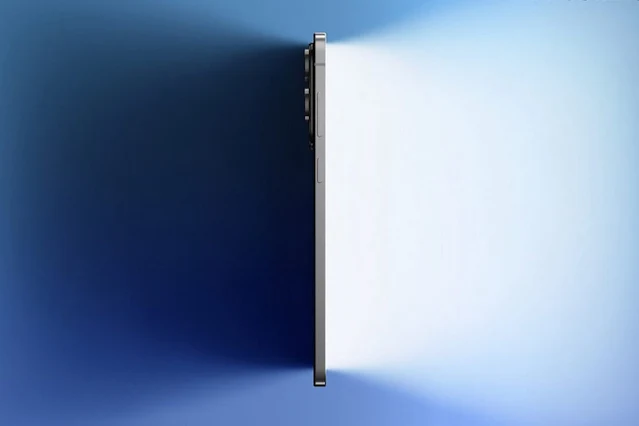The Samsung Galaxy S25 Edge is here, and it's making waves for being incredibly thin and light. While some might wonder if we really need even thinner phones, this device offers a fresh perspective. It's not just about being thin; it's the combination of its slim profile and light weight that makes it stand out from other phones. This phone is a testament to impressive engineering, pushing the boundaries of what's possible in smartphone design.
The Thinness and Lightness Factor
When you first hear about a super thin phone, you might think, "So what?" But the S25 Edge is different. It's noticeably thinner than the regular S25 Ultra and even the standard S25. It's even comparable to half the thickness of a foldable phone when it's open. What really makes it special is how light it feels. Even though the weight difference might seem small on paper, picking it up and moving it around feels surprisingly agile and unique. It's a neat experience.
Of course, if you put a case on it, which most people do, you'll lose some of that thin and light feel. But the real marvel here is the engineering behind it. Samsung managed to shrink down components enough to fit them into such a slim frame in just one generation. That's pretty impressive.
Design and Materials
The S25 Edge comes in two colors in Canada: titanium silver and titanium black. As the name suggests, it has a titanium frame. This material is likely chosen for its rigidity, which is important for such a thin device. To fit everything inside, Samsung had to reduce the height of almost every component, from the motherboard to the display panel, speaker module, and battery. They did all this while still making sure it works like a proper phone.
Display and Durability
The screen is a 6.7-inch panel, similar to the one on the S25 Plus. For protection, the front has Gorilla Glass Ceramic 2, which is new for Samsung and should help with durability. The back uses Victus 2 glass.
Performance and Features
Under the hood, the S25 Edge runs on the Snapdragon 8 Elite chip. This chip is known for being energy-efficient. Surprisingly, even with its thin design, the phone still has a vapor chamber for cooling, and it handles thermal loads well. It also supports 25-watt wireless charging and can even charge other devices, which is a nice touch considering how thin it is. The fingerprint sensor is just as fast as the one on the regular S25, and the speakers still sound good, even with less internal space.
Camera and Battery
Key Takeaways
- Camera Bump: The S25 Edge has a very noticeable camera bump because it's hard to shrink down camera sensors while still getting good image quality.
- Main Camera: It features a 200-megapixel main sensor, supposedly the same as the Ultra, and a 12-megapixel ultrawide lens.
- No Telephoto: There's no dedicated telephoto lens; zooming is done by cropping the sensor or using digital zoom.
- Battery Size: The battery is 3900 mAh, which is smaller than the S25 Plus, S25 Ultra, and even the regular S25.
- Battery Technology: It uses standard lithium-ion battery tech, not the newer silicon-carbon anode batteries that offer better energy density.
One of the biggest challenges for thin phones is the camera. The S25 Edge has a very prominent camera bump, even bigger than the S25 Plus. This is because phone makers want bigger sensors for better image quality, and those are hard to shrink. The main camera is a 200-megapixel sensor, similar to the Ultra, and there's a 12-megapixel ultrawide. However, there's no telephoto lens, so any zooming is digital.
The battery is another component that didn't shrink as much as some might hope. It's a 3900 mAh battery, which is smaller than other S25 models. What's more, it still uses regular lithium-ion battery technology. Newer silicon-carbon anode batteries could offer a significant boost in battery life, and many other phones already use this tech. It's a bit disappointing that Samsung didn't include this in such an expensive and cutting-edge device, especially since it would benefit greatly from a more energy-dense battery.
The Future of Phone Design
The S25 Edge might not be for everyone, and it's certainly not the most practical phone. But it shows what Samsung can do. The ability to make such a thin and light product means this technology will likely trickle down to other phones in their lineup over time. We might see thinner and thinner Samsung phones in the future, hopefully with improved battery technology as it becomes more widely available to them.


